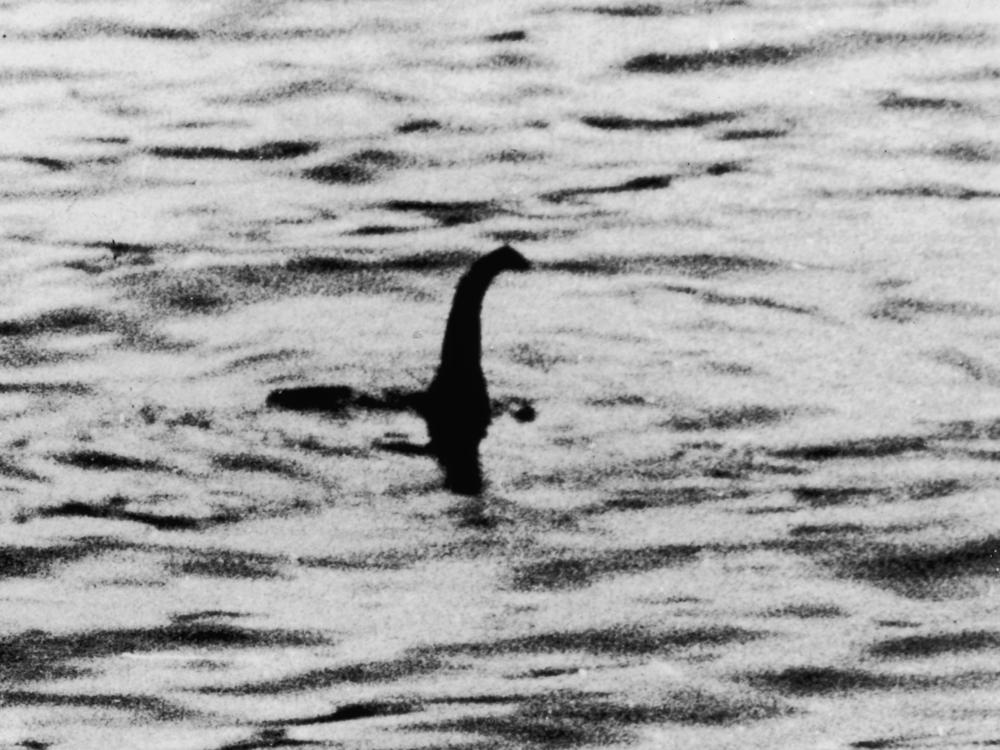Section Branding
Header Content
Monster hunters are conducting the largest search of Loch Ness in more than 50 years
Primary Content
Researchers and monster hunters are gathering in the United Kingdom's Scottish Highlands this weekend to look for the eternally elusive Loch Ness Monster, the biggest search for the legendary beast in more than 50 years.
Somewhere beneath the shimmering surface of Loch Ness lies Nessie, the legendary sea beast whose reputation spans nearly 1,500 years — at least, that's what monster hunters and Nessie enthusiasts from around the world hope to prove Saturday and Sunday. The Loch Ness Centre and the research group Loch Ness Exploration are asking all aspiring monster hunters to join in on the biggest search since 1972.
"Our purpose is to observe, record and study the natural behaviour of the Loch and phenomena that may be more challenging to explain," the Loch Ness Exploration Facebook page reads. "If you believe that the Loch Ness Monster exists then we invite you to join the search, we equally invite you to support the study of the Loch and the natural behaviour of the elements that may be the root cause of these strange reports from Loch Ness."
Investigators are breaking out all sorts of technology, including surveying equipment the Loch Ness Centre says has never been used on the freshwater lake before. Drones with infrared cameras will fly over the lake and a hydrophone will be used under the surface to detect "Nessie-like calls," the Centre says.
Volunteers will also participate in a large surface watch of the loch, scanning the surface for any irregularities.
However, due to an "overwhelming demand" from enthusiasts, the group is no longer accepting applicants hoping to participate in person. But the Loch Ness Centre says those still eager to participate can do so virtually through a livestream.
At 22 square miles and with a maximum depth of 788 feet, Loch Ness is Great Britain's largest lake by volume and second-largest by surface area, according to Encyclopedia Britannica. Though the first written accounts of a monster are attributed to the Irish monk Saint Columba's encounter in 565 A.D., reports of a creature in the lake are depicted in ancient stone carvings found in the area.
But the legend of a monster lurking in the loch didn't garner greater attention until April of 1933, when a couple driving along the newly built road around the lake saw an animal they compared to a "dragon or prehistoric monster," according to the Scottish Maritime Museum. More sightings soon followed, and big game hunter Marmaduke Wetherell was commissioned to track the monster down in December of 1933. He said he found large tracks along the shoreline, but zoologists at the Natural History Museum debunked the tracks.
The following year was when English physician Robert Wilson took a photo, now known as the "Surgeon's Photograph," which appeared to show Nessie's head atop a long slender neck poking out of the water. The picture was printed in the Daily Mail and the Loch Ness Monster was thrust into international stardom.
One of the participants in that search confessed on his deathbed that the picture was staged, according to the Daily Mail.
The Loch Ness Centre says there have been more than 1,140 official Nessie sightings. Paul Nixon, the Centre's general manager, said he's excited to see what turns up after the waters are searched like never before over weekend.
"We are guardians of this unique story," Nixon said. "And as well as investing in creating an unforgettable experience for visitors, we are committed to helping continue the search and unveil the mysteries that lie underneath the waters of the famous Loch."
Copyright 2023 NPR. To see more, visit https://www.npr.org.

